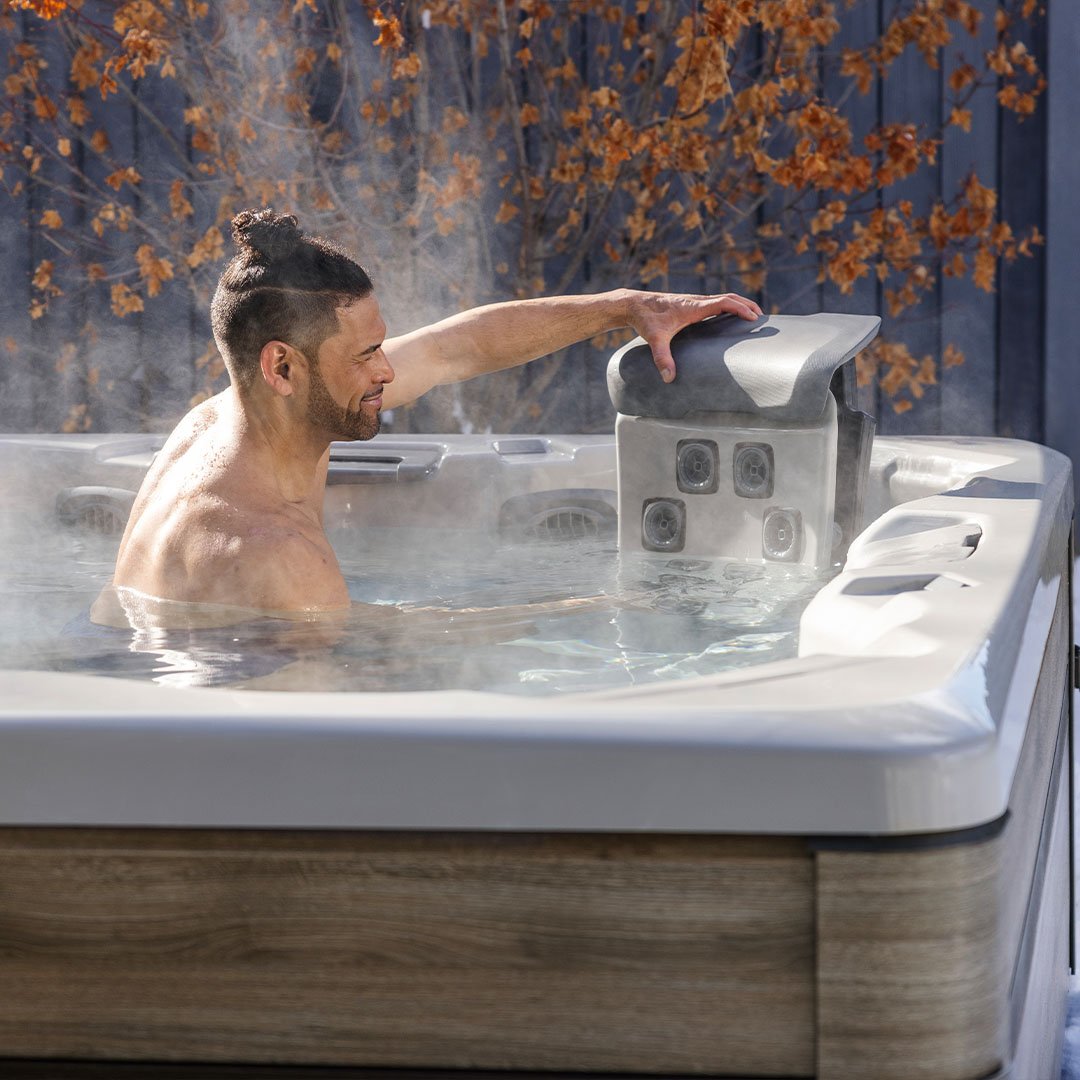Common Above Ground Pool Water Problems and How to Fix Them
Owning an above-ground pool is a great way to enjoy summer fun, but keeping the water clean and clear can be challenging. From murky water to stubborn algae, various issues can arise if the pool isn't properly maintained. In this guide, we’ll cover the most common above-ground pool water problems and how to fix them, so you can keep your pool crystal clear all season long.
Understanding and Preventing Pool Water Issues
Keeping your pool water in top condition requires regular maintenance and an understanding of common water issues. Whether you're dealing with murky water, algae growth, or imbalanced chemicals, identifying the root cause is the first step toward a solution. Many of these problems can be prevented with routine testing, proper filtration, and balanced chemicals. In the sections below, we’ll explore the most frequent above-ground pool water problems and provide simple, effective fixes to keep your pool safe, clean, and enjoyable.
1. Cloudy Pool Water
Causes:
- Poor filtration – A clogged or inefficient filter can fail to remove debris.
- Imbalanced chemicals – High pH, low chlorine levels, or excessive calcium hardness can make the water cloudy.
- Contaminants – Sunscreen, sweat, and organic debris can contribute to murky water.
How to Fix It:
✅ Check and clean the filter – Ensure the pool filter system is working properly and backwash it if necessary.✅ Test and adjust water chemistry – Use a test kit to check chlorine, pH, and alkalinity levels. Ideal ranges are:
Chlorine: 1-3 ppm
pH: 7.2-7.6
Alkalinity: 80-120 ppm
✅ Use a pool clarifier – A clarifier helps particles bind together so the filter can remove them more effectively.
✅ Shock the pool – If the water remains cloudy, a shock treatment (high-dose chlorine) can kill bacteria and clear up the water.
2. Green Water (Algae Growth)
Causes:
- Low chlorine levels – Algae thrive when chlorine drops below 1 ppm.
- Poor circulation – Stagnant water creates an ideal environment for algae.
- Hot weather and sunlight – UV rays break down chlorine faster, increasing algae risk.
How to Fix It:
✅ Shock the pool – Use a high dose of chlorine to kill algae. Follow with an algaecide for extra protection.
✅ Brush the pool walls and floor – Scrubbing loosens algae, allowing the chemicals to work more effectively.
✅ Run the filter continuously – Keep the pump running 24-48 hours after shocking to remove dead algae.
✅ Balance pool chemicals – Maintain proper chlorine and pH levels to prevent future outbreaks.
3. Strong Chlorine Smell (Chloramines Buildup)
Causes:
- Not enough free chlorine – Contrary to popular belief, a strong chlorine smell usually means there’s too little chlorine, not too much.
- Chloramines buildup – When chlorine binds with sweat, urine, and debris, it forms chloramines, which cause the odor.
How to Fix It:
✅ Shock the pool – A high chlorine dose will break down chloramines and restore proper chlorine levels.
✅ Improve circulation – Make sure the pump and filter are running properly to distribute chemicals evenly.
✅ Encourage pool hygiene – Have swimmers rinse off before entering the pool to reduce contaminants.
4. Foamy Pool Water
Causes:
- Excessive pool chemicals – Overuse of algaecides or clarifiers can create foam.
- Soap and oils – Residue from lotions, shampoos, and detergents can cause foaming.
- Low calcium hardness – Soft water can become foamy.
How to Fix It:
✅ Reduce chemical use – Avoid overusing algaecides or clarifiers.
✅ Skim and clean the water – Remove surface foam using a skimmer or pool vacuum.
✅ Balance calcium hardness – Aim for a calcium hardness level of 200-400 ppm.
✅ Encourage swimmers to rinse off – Prevent soaps and lotions from entering the pool.
5. pH Imbalance (Too High or Too Low)
Causes:
- Rainwater – Acidic rain can lower pH, while debris can raise it.
- Chemical imbalances – Overuse of shock or algaecide can affect pH.
- High swimmer load – More people in the pool can alter pH levels.
How to Fix It:
✅ Test the water regularly – Use a test kit to monitor pH levels.
✅ To lower pH: Add muriatic acid or pH decreaser (sodium bisulfate).
✅ To raise pH: Add soda ash or baking soda.
Ideal pH levels should remain between 7.2-7.6 for comfortable swimming and effective chlorine performance.
6. Metal Stains (Brown or Green Water)
Causes:
- High iron or copper levels – Metals in the water can cause discoloration when oxidized by chlorine.
- Well water usage – Filling the pool with well water often introduces metals.
How to Fix It:
✅ Use a metal sequestrant – This binds to metals and prevents staining.
✅ Filter the water – Use a metal-removing filter or pre-filter when filling the pool.
✅ Balance pH and chlorine – Proper water chemistry reduces metal reactions.
Preventing Pool Water Problems
To keep your above-ground pool water clean and balanced, follow these preventative maintenance tips:
✔️ Test water chemistry at least twice a week to maintain ideal chlorine, pH, and alkalinity levels.
✔️ Run the pump and filter daily for at least 8-12 hours to ensure proper circulation.
✔️ Shock the pool weekly to kill bacteria and prevent algae growth.
✔️ Brush and vacuum the pool regularly to remove dirt and debris.
✔️ Keep pool accessories and toys clean to avoid introducing contaminants.
Keep Your Pool Water Clear and Problem-Free All Season
By understanding and addressing common above-ground pool water problems, you can keep your pool clear, safe, and enjoyable all season long. Regular maintenance, proper chemical balance, and good circulation are key to preventing these issues. With these troubleshooting tips, you'll spend less time fixing your pool and more time enjoying it!
FAQ'S
How often should I shock my above-ground pool?
You should shock your pool at least once a week, or more often after heavy use, storms, or algae outbreaks.
Why does my pool water turn green overnight?
This is usually due to low chlorine levels, allowing algae to grow rapidly. Shock the pool and ensure proper filtration to fix it.













